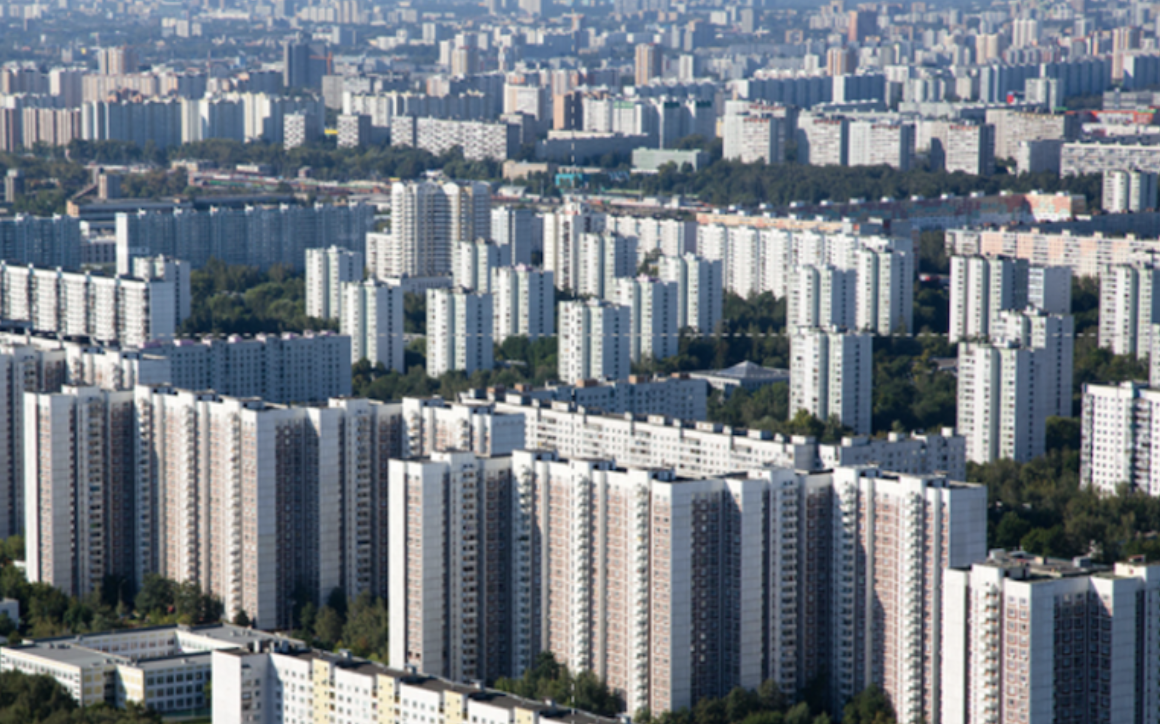
Bartlett Research Conversations: Alena Agafonova
Tue 25 May 2021
16:00 -17:30
MPhil/PhD student Alena Agafonova discusses her research into Soviet Russia's highly standardised, state-run approach to home building, and how it has contributed to the uniquely Soviet and post-Soviet perception of home.
Abstract
This research broadly explores the field of Soviet and post-Soviet mass housing. After World War II, mass prefabricated construction was aimed at solving the housing problem in many countries and made the strongest impact on the urban scene.
Around 75% of Russians live in cities. In the Soviet Union individual housing construction was prohibited in big cities. The State built all housing as apartment blocks, thus making an apartment within a multi-storey building the Soviet model of Home. All buildings were designed according to very defined norms and regulations, which produced a highly standardised built environment.
Alena's research focus on two aspects of this phenomenon, based on the example of Moscow: firstly, housing norms and regulations, according to which this built environment was and is still being created; secondly, the perception of home, which is in part determined by these norms, and its place in the mentality of Soviet and post-Soviet people.

General Info